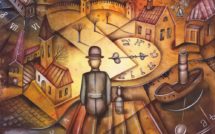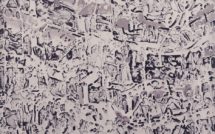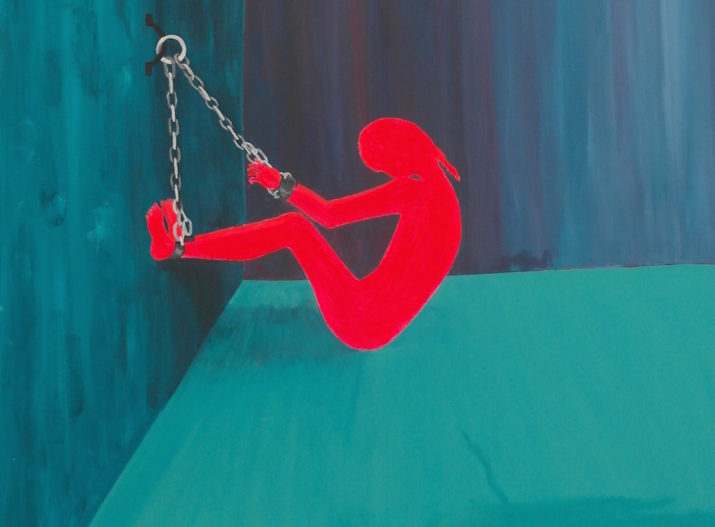
This is part of our special feature on Anxiety Culture.
Through the works of renowned artists Kim Noble and Jorge Tacla, “Hands Tied” tackles questions of identity and the throes of mental illness, ultimately illustrating the beauty that can be discovered. Diagnosed with dissociative identity disorder at age fourteen, Noble has learned to cope with her anxieties through painting. Each of her thirteen personalities works with a distinctive color palette, theme, and style, many of them unaware that they share a body with other artists, resulting in a spectacular volume of work. Tacla’s paintings focus on a different kind of anxiety—that kind that arises in the wake of calamity, either natural or man-made. Specifically, his works frequently involve devastated Chilean architecture, representing a “space of social rupture.”
–Kayla Maiuri for EuropeNow
Kim Noble
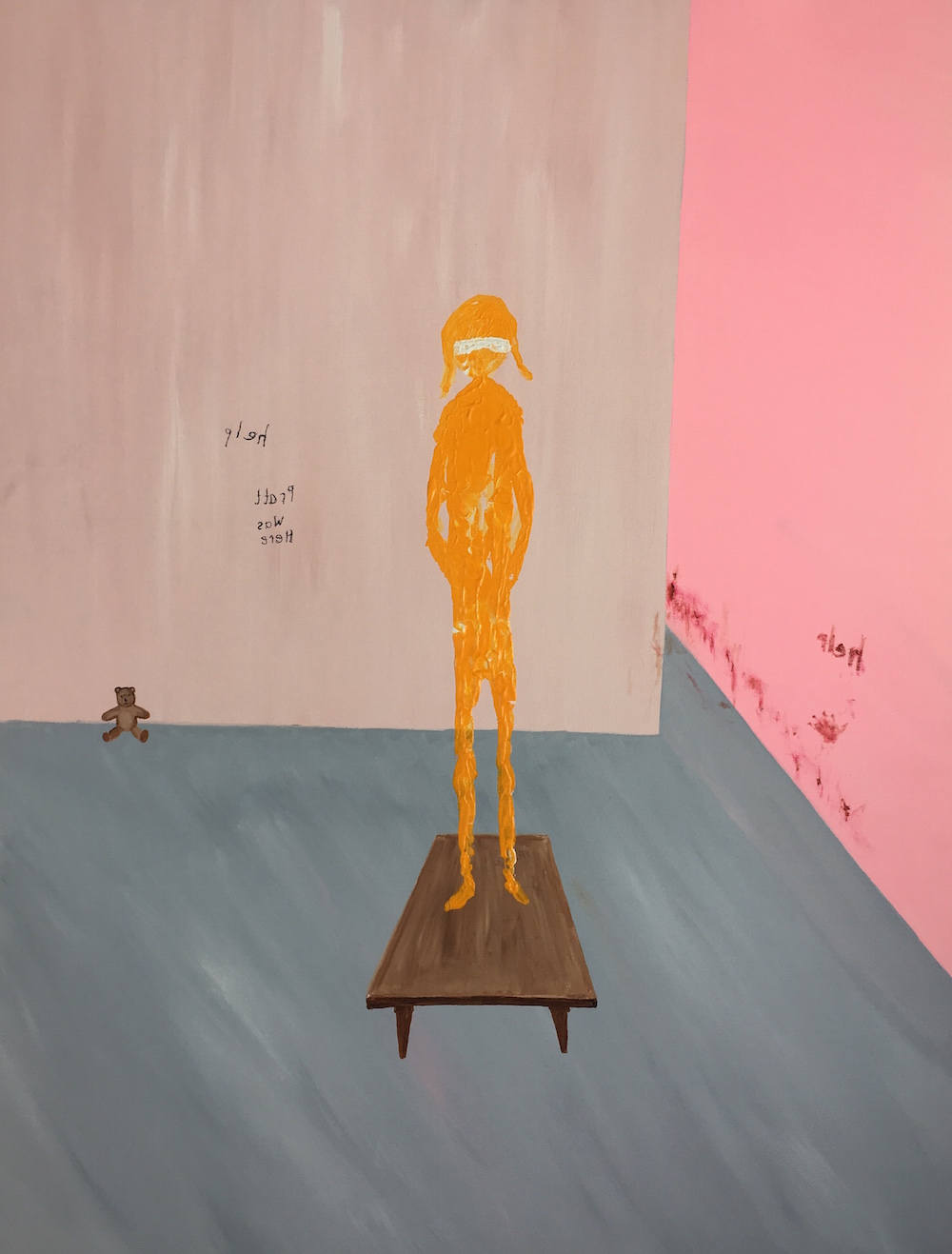
Ria, 2010, 40 x 30 inches
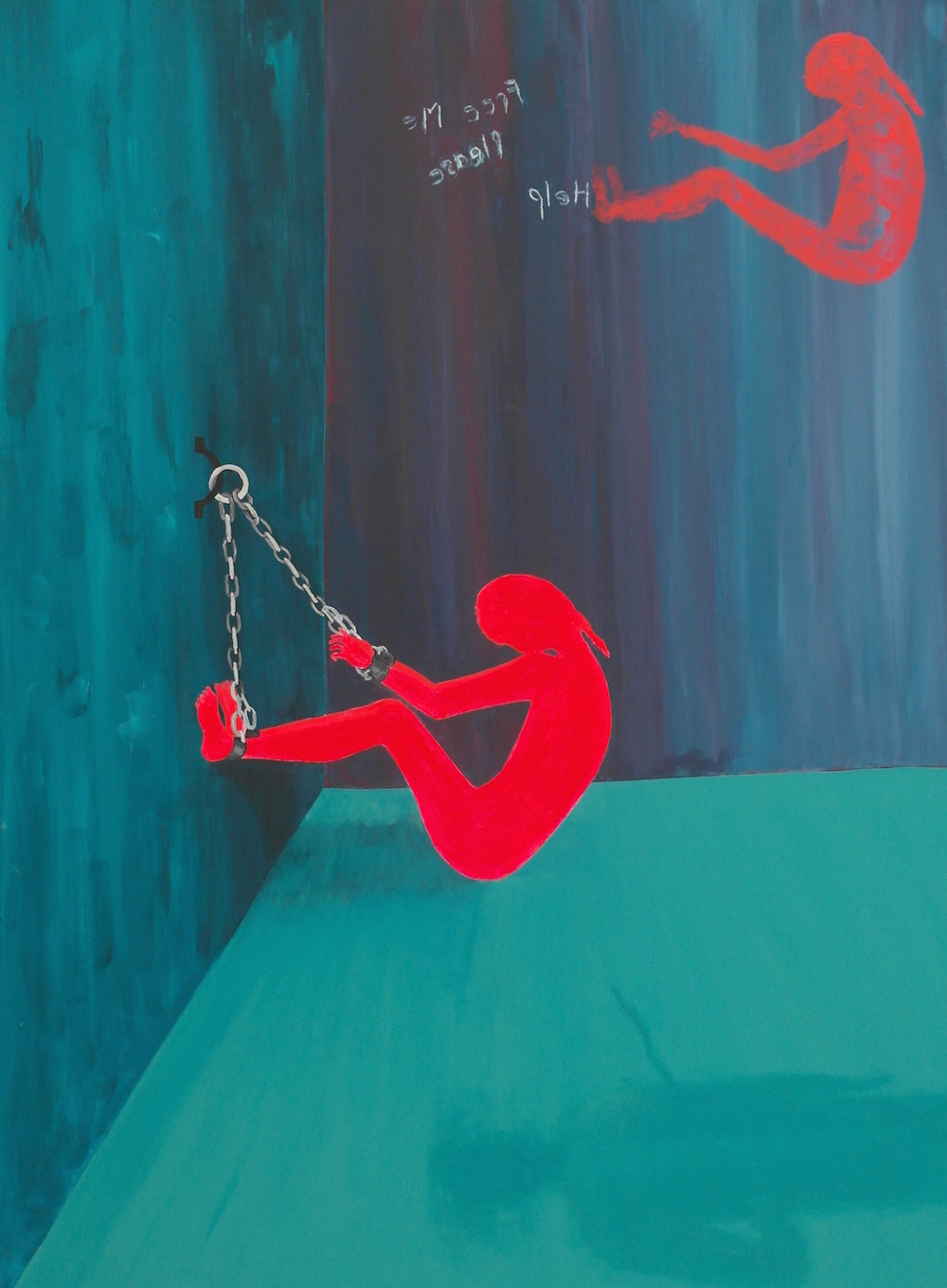
My Hands are Tied, 2016, 40 x 30 inches
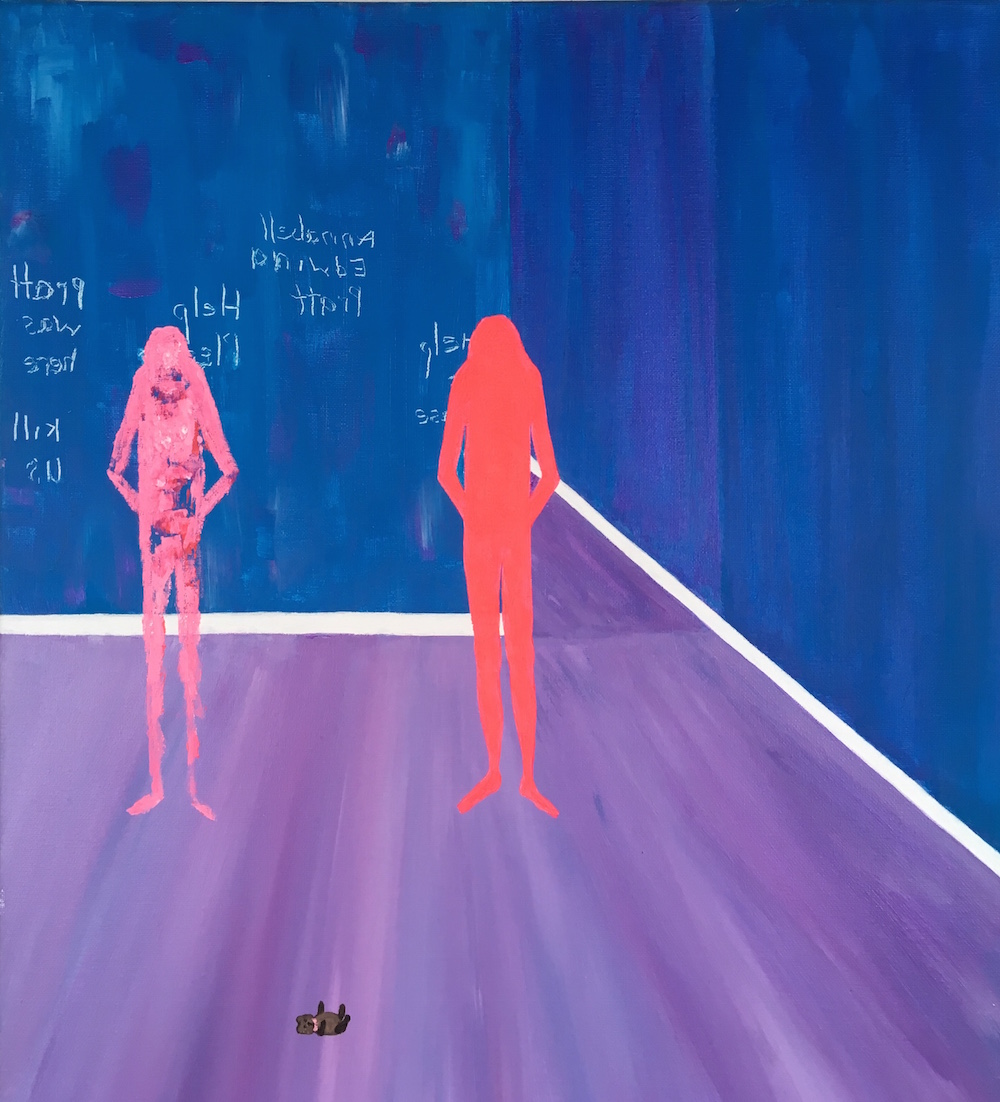
Pain in Colour, 2013, 19 inches
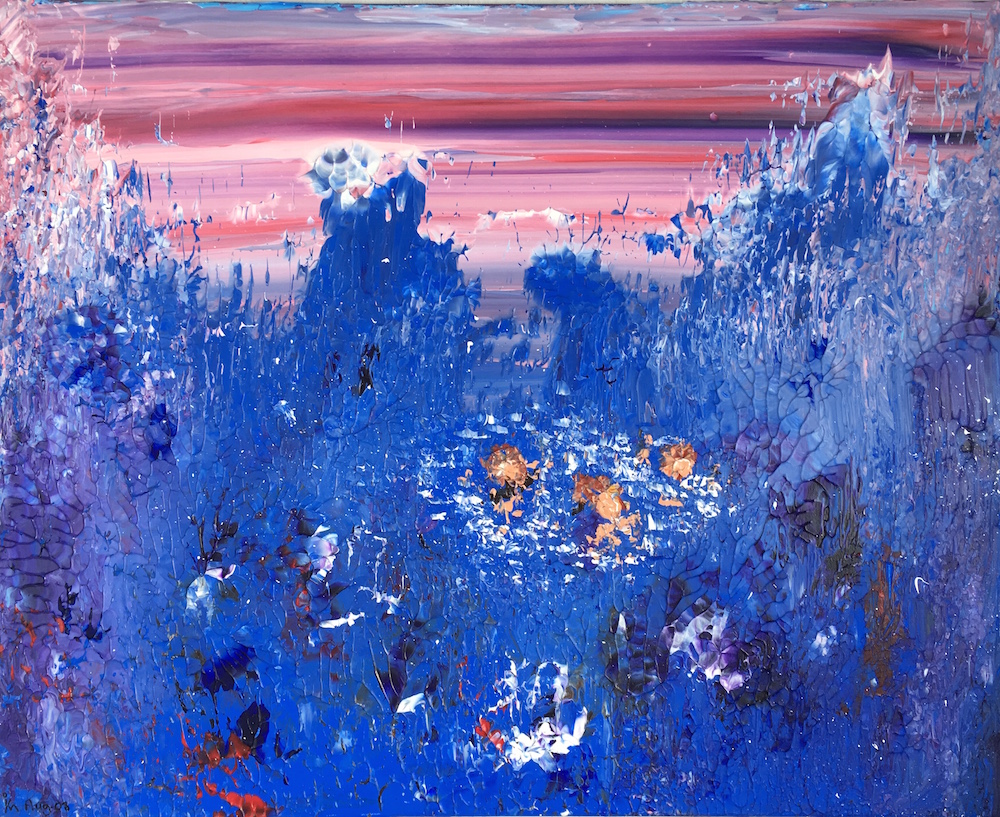
Within H, 2008, 28 x 36 inches
Kim Noble is a mother, artist and author who has Dissociative Identity Disorder (DID). DID is a creative way to cope with unbearable pain. The main personality splits into several parts each having an amnesic barrier between them. In and out of hospital from the age of 14, with no formal art training, Kim and her alters became interested in painting in 2004 after spending a short time with a support worker who was studying to become an art therapist. The resulting 13 artists each have their own distinctive style, colour and themes that they work with. Many are unaware they share a body with other artists. Combined, they have had over 60 exhibitions, nationally and internationally.
Kim Noble was the first Artist in Residence at Springfield University Hospital in Tooting, South West London. Her book All of Me was published by Piatkus in 2011. Noble has had many TV and radio appearances, including the Oprah Winfrey Show, This Morning Show, Anderson Cooper Show and BBC Radio1 with Victoria Derbyshire.
Jorge Tacla
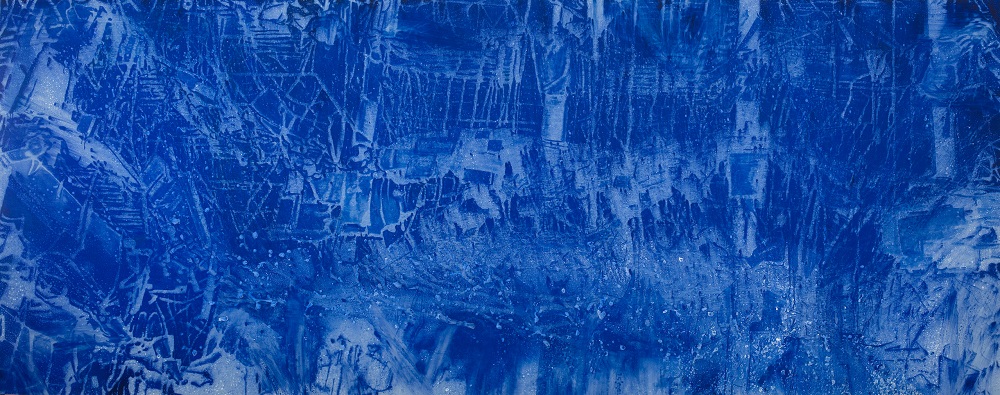
Rubble 33, 2013, Oil and Marble Powder on Canvas, 57.7 x 143.7 inches
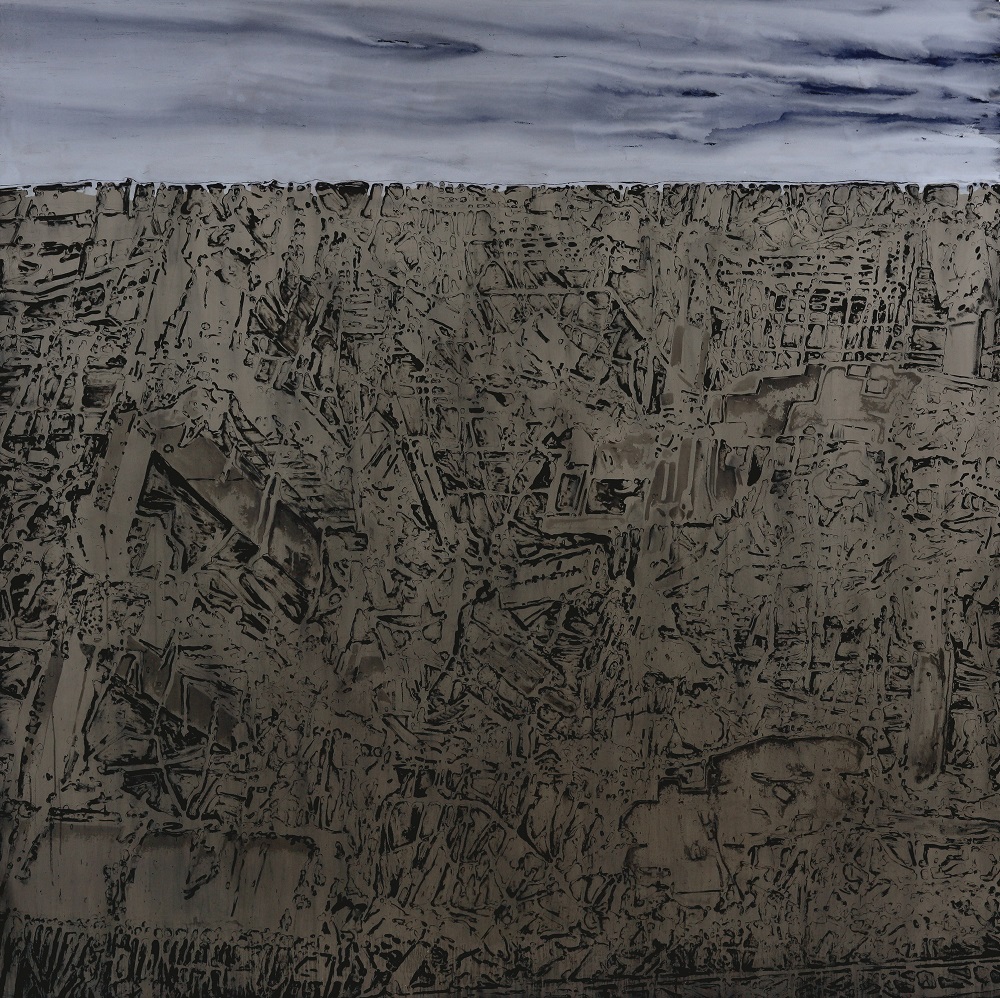
Rubble 2, 2007, Acrylic Oil and Marble Powder on Canvas, 100 x 100 inches
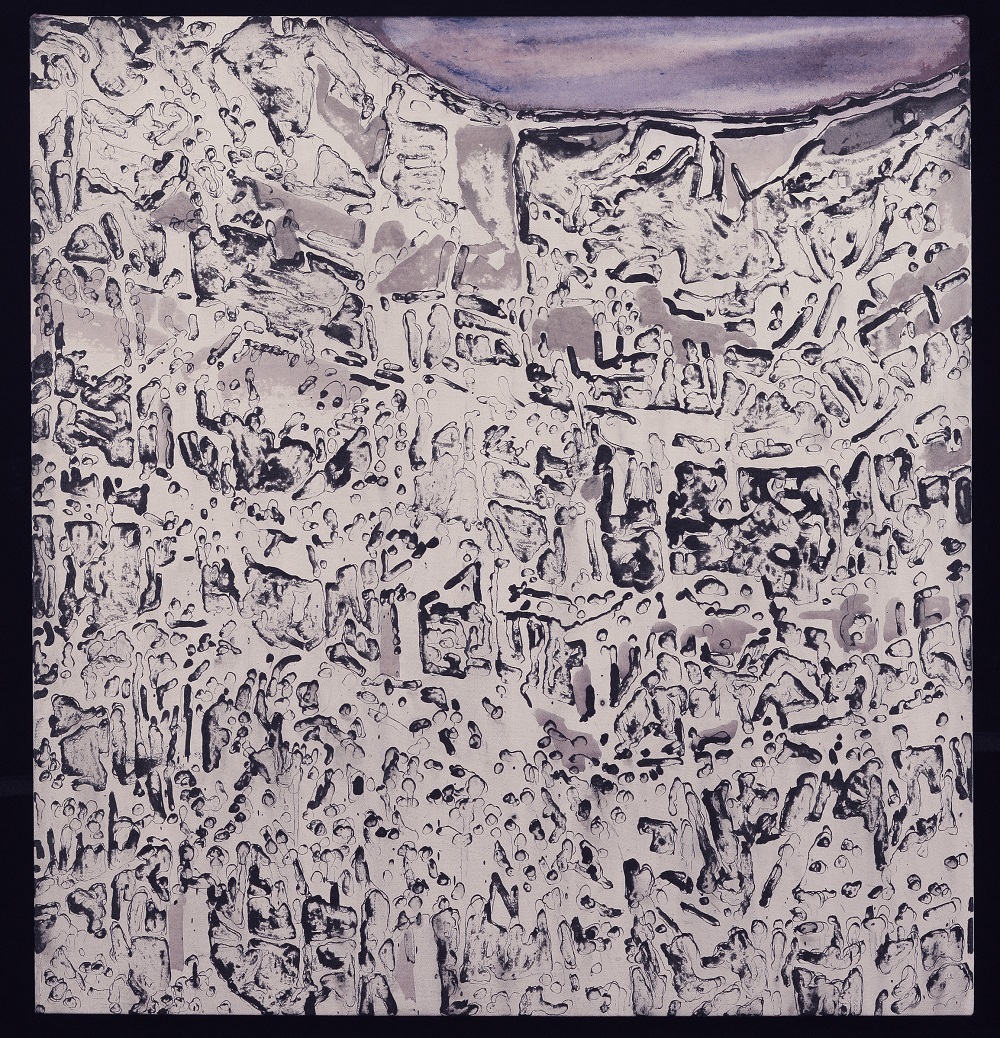
Rubble 17, 2010, Acrylic, Oil and Marble Powder on Canvas, 36 x 34 inches
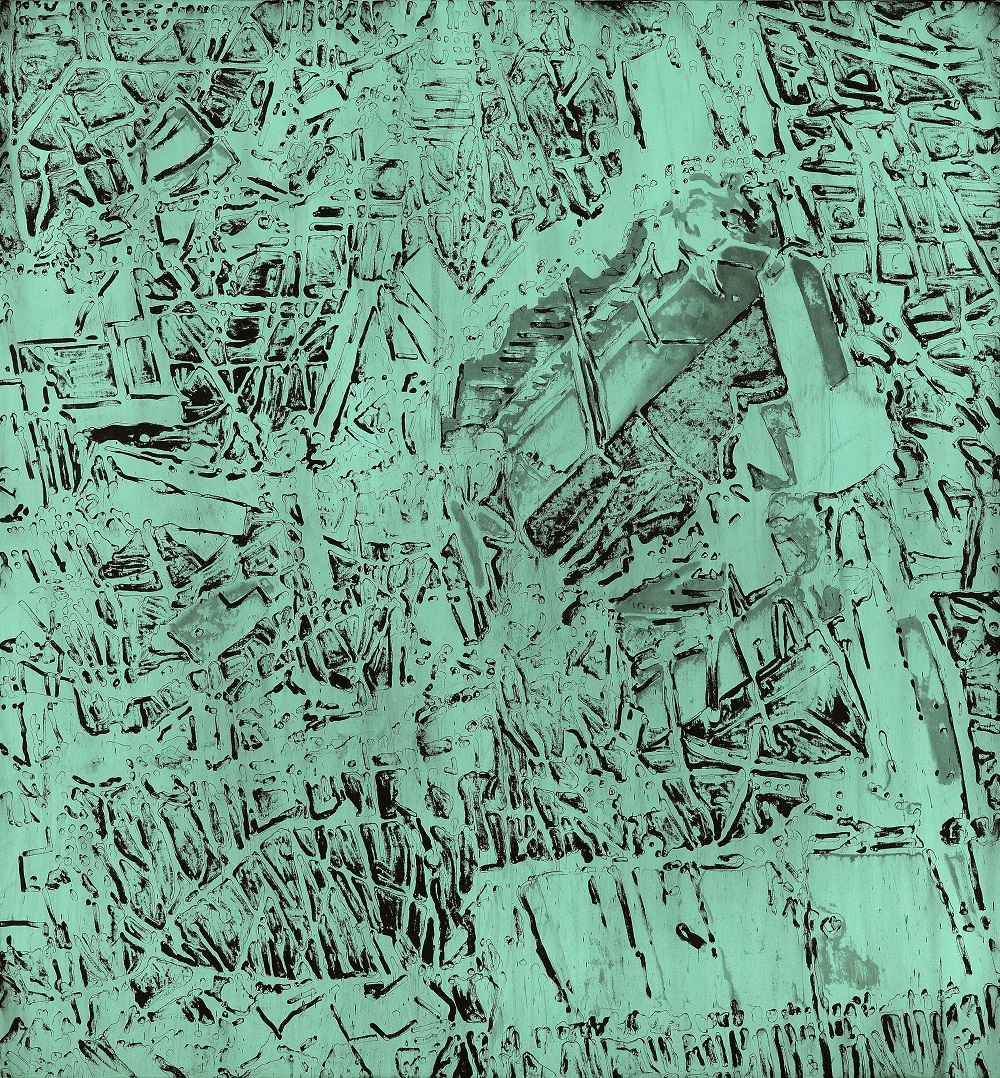
Rubble 15, 2009, Acrylic, Oil and Marble Powder on Canvas. 66 x 61 inches
Like much of Tacla’s work, his paintings represent a space of social rupture. These works situate themselves in the joints of a new architecture that arises in the wake of catastrophe—natural or man-made. Tacla perceives the devastation that results from such events as an opportunity to investigate structural systems that would otherwise remain unseen. To signify such unsettled worlds, he uses pictorial languages that are obsessive: sometimes repeating the images, sometimes repeating the same gesture in the same space many times until the visual register is analogous to the trauma that prompts it.
Tacla illuminates the variability of identity for victim and aggressor—an agent who is disassociated from his or her own identity- and the complexity of the assessment of guilt. These critical issues, and their situation in the larger, collective human experience, are the defining theoretical inquiries of Tacla’s work.
Tacla is best known for large-scale pictures, neither abstract nor figurative, but always haunted by history. Spatially complex and visually fantastic, Tacla’s paintings possess a morbid beauty and a conceptual elegance that sets them apart from the tradition of modern abstraction. The critic and scholar Donald Kuspit has written that Tacla’s work “stretches the limits of objective representation until it breaks down into subjective abstraction, allowing the expression of unconscious feelings that factual representation tends to repress.”
Jorge Tacla studied at the Escuela de Bellas Artes, Universidad de Chile in Santiago and moved to New York in 1981. Since then, Tacla’s paintings have been exhibited in museums, biennials, and galleries throughout the world. Tacla lives and works in New York City and in Santiago, Chile.
Kayla Maiuri is the associate editor of EuropeNow and the editorial and publications associate at the Council for European Studies. She holds an MFA in fiction from Columbia University, where she served as fiction editor of Columbia: A Journal of Literature & Art. Her debut novel is forthcoming from Riverhead Books.
Nicole Shea ran CenterArts Gallery in Newburgh from 2009-2012 and later incorporated her arts experience into the leadership training at West Point. In 2015, she founded a large-scale sculpture walk outside the gates of West Point, which she has been curating together with the founding members of Collaborative Concepts in a community effort to revitalize the area via the arts. She is also Executive Editor of EuropeNow and Director of the Council for European Studies.
Published on June 2, 2018.

